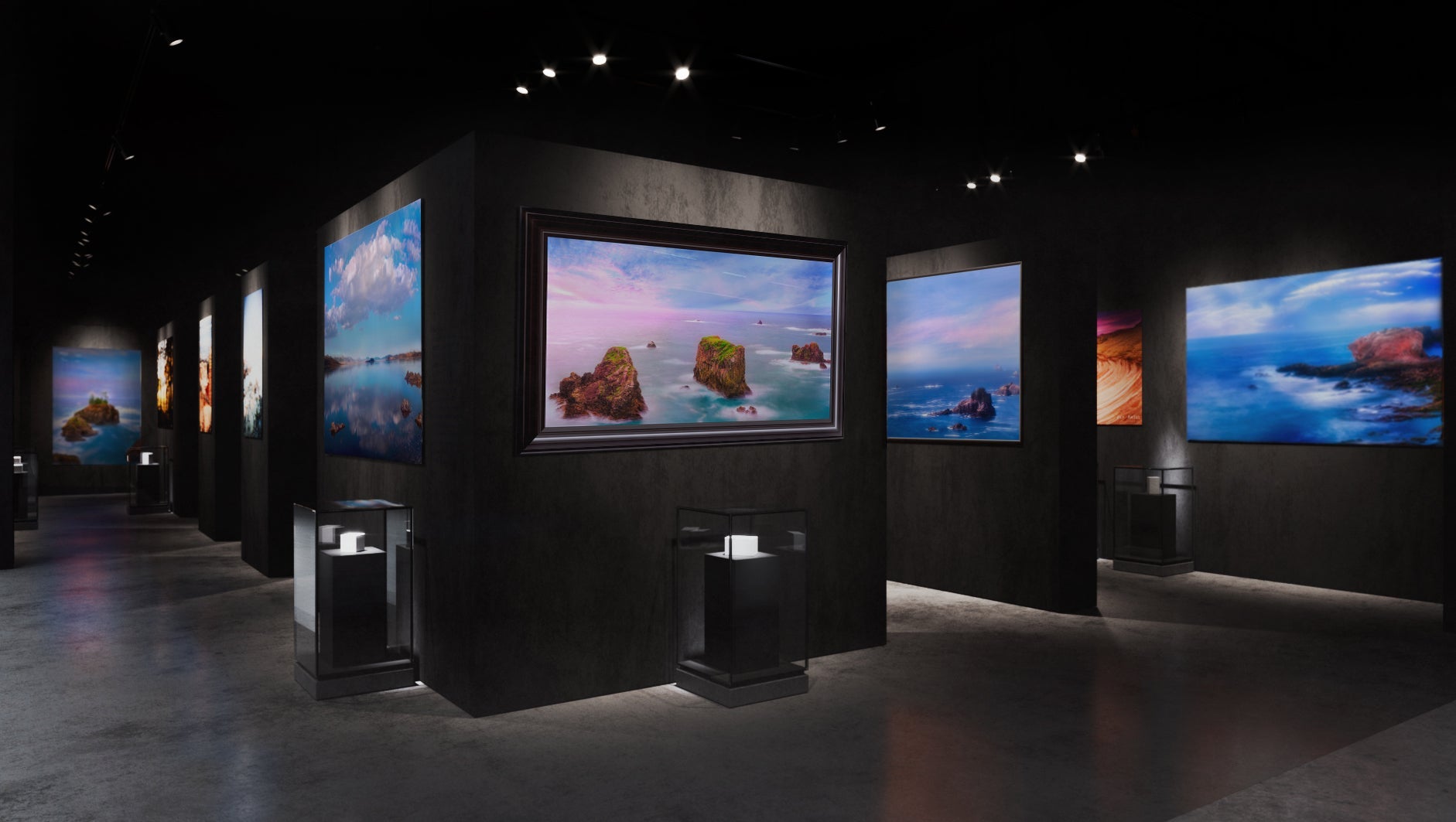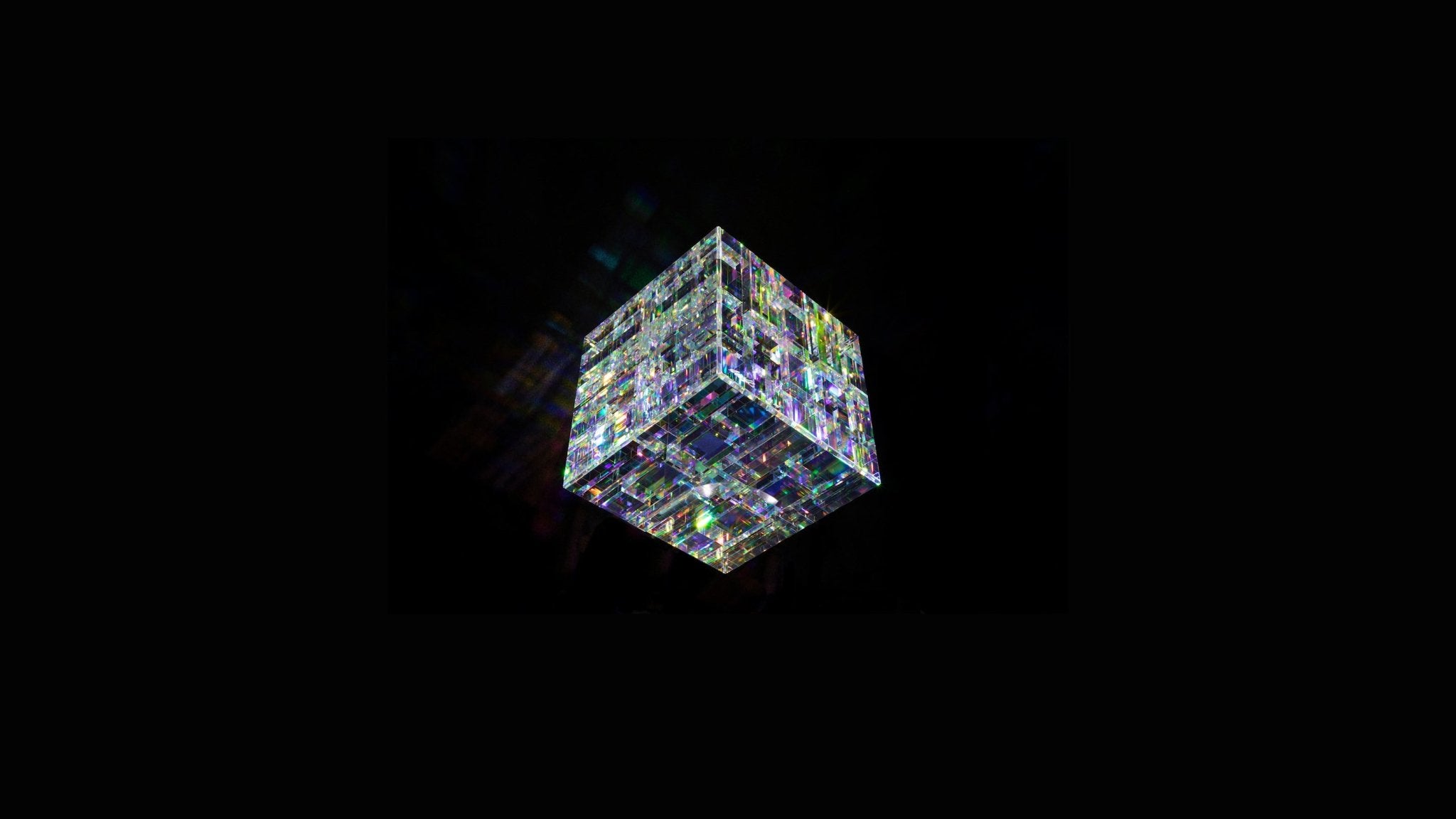Lab-Grown VS Natural Diamonds Comprehensive Comparrison
The Evolution of the Diamond Market: The Rise of Lab-Grown Diamonds
The growing popularity of lab-grown diamonds has led to a significant transformation in the diamond industry, driven by their affordability, ethical appeal, and technological advancements. As consumer awareness expands, these diamonds are increasingly recognized for their quality and value, challenging traditional perceptions of luxury.
Lab-Grown Diamonds: A Scientific Breakthrough with True Diamond Properties
Lab-grown diamonds are real diamonds. The only difference between them and their natural counterparts is the environment in which they are formed. While natural diamonds develop under extreme pressure and temperature deep within the Earth’s mantle over billions of years, lab-grown diamonds are created in controlled laboratory conditions that replicate these natural processes. Their hardness, brilliance, and physical properties are identical to natural diamonds, yet they are significantly more cost-effective.
Comparing Natural and Lab-Grown Diamonds
Formation Process
- Natural Diamonds: Formed deep within the Earth’s mantle under immense heat and pressure over billions of years, then transported to the surface through volcanic eruptions.
- Lab-Grown Diamonds: Created using advanced technological processes—such as High Pressure High Temperature (HPHT) or Chemical Vapor Deposition (CVD)—that mirror the atomic structure and crystalline formation of natural diamonds. This innovation represents a groundbreaking evolution in the diamond industry, aligning with the values of modern consumers.
Price Comparison
- Natural Diamonds: Higher in cost due to their perceived rarity and the intensive mining process. However, only large, high-quality stones (typically over 3 carats) hold true rarity. The majority of commercially available natural diamonds are not inherently rare.
- Lab-Grown Diamonds: Offer a significantly lower price per carat for superior quality, making them an accessible luxury. Their affordability enables consumers to opt for higher-grade stones without the financial burden.
Environmental and Ethical Considerations
- Natural Diamonds: Mining has substantial environmental consequences, including habitat destruction, water pollution, and carbon emissions. Ethical concerns, such as labor conditions in certain regions, also contribute to the debate over their sourcing.
- Lab-Grown Diamonds: A more sustainable alternative, as they eliminate the need for mining and reduce ecological impact. Moreover, advancements in production are continuously enhancing the sustainability of these diamonds, making them an increasingly responsible choice.
Market Trends and Changing Consumer Preferences
Shifting Perceptions and Luxury Appeal
- Natural Diamonds: Traditionally associated with luxury, heritage, and enduring value, particularly for high-carat, exceptional-quality stones. Their historical and emotional significance remains a key factor in consumer preference.
- Lab-Grown Diamonds: Gaining rapid acceptance due to their identical physical, chemical, and optical properties. Increasing education, endorsement from celebrities, and shifting consumer values have dispelled initial skepticism, positioning lab-grown diamonds as a desirable alternative in the luxury market.
Accessibility and Customization
- Natural Diamonds: Availability is restricted by geological limitations, with fluctuations in supply, particularly for high-carat and colored diamonds.
- Lab-Grown Diamonds: Can be produced in various sizes, qualities, and colors, offering greater flexibility and accessibility. This allows consumers to obtain exceptional diamonds that might otherwise be scarce or prohibitively expensive.
Quality and Aesthetic Superiority
- Lab-Grown Diamonds: Often exhibit near-perfect characteristics, as they are crafted using precision technology. Their high clarity and optimal color make them an attractive choice, often at a fraction of the price of comparable natural diamonds. The cost disparity between a flawless natural diamond and its lab-grown equivalent can be tenfold or more.
Market Growth and Future Outlook
The lab-grown diamond market has experienced exponential growth. Valued at $24 billion in 2022, it is projected to reach $59.2 billion by 2032, with a compound annual growth rate (CAGR) of 9.6%. This expansion is fueled by increasing consumer demand for authenticity, affordability, and ethical sourcing—especially among Millennials and Gen Z consumers, who prioritize sustainability in their purchasing decisions.
Conclusion
Lab-grown diamonds represent a transformative shift in the jewelry industry, offering an ethical and financially accessible alternative to natural diamonds. As technology advances and consumer preferences evolve, their market presence is set to expand further, redefining modern luxury while upholding the values of sustainability and innovation.







